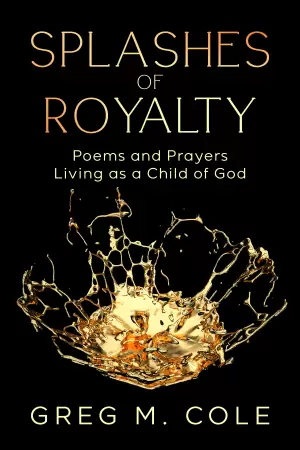Unpacking Cinema Speculation: A Personal Journey Through Film with Quentin Tarantino
When I first picked up Cinema Speculation, I couldn’t help but feel a thrill at the prospect of diving into the cinematic mind of Quentin Tarantino. As a lifelong fan of his films—from the razor-sharp dialogues of Pulp Fiction to the intense action of Kill Bill—I was eager to see how he weaves his expansive love for film into the pages of a book. What I found was not only everything I hoped it would be but so much more—a captivating tapestry of nostalgia, analysis, and raw enthusiasm for cinema.
Cinema Speculation is structured around Tarantino’s cherished memories of film-watching from the 1970s, a time he describes as the golden era of Hollywood. The book opens with reflections on his upbringing in Los Angeles, where an improbable mix of films, people, and experiences shaped his perspective. I was particularly drawn to the warmth of his writing, which evokes that era’s palpable excitement and the nuanced tapestry of his influences. Tarantino shares personal anecdotes, detailing how innovative filmmakers like Brian De Palma and Peter Bogdanovich enriched his understanding of storytelling. One particularly resonant line for me was his mother’s reassurance: “A movie’s not going to hurt you.” It encapsulates the notion that cinema not only entertains but also educates and shapes us.
The core of the book is comprised of essays on thirteen films that left indelible marks on him during his formative years. Tarantino’s enthusiasm is infectious as he discusses everything from the gritty realities of Dirty Harry to the emotional depths of Rocky. His insights go beyond surface-level criticism, allowing us to glimpse how these films shaped both his artistic sensibilities and personal experiences. I found myself nodding along as he reminisces about discovering Super Fly, capturing that intoxicating feeling of being a kid with a world of cinema before him.
What particularly struck me was his approach to critique. Rather than merely reviewing these films, Tarantino breathes life into them, crafting narratives filled with reflections and footnotes that felt refreshingly conversational. He doesn’t shy away from the messy emotions tied to these films, acknowledging the discomfort and exhilaration that challenging narratives can provoke. His unique take on the Body Snatchers films held a mirror to my own interpretations, showcasing how art can be a reflection of our beliefs and perceptions of humanity.
As I finished Cinema Speculation, I found my own creative juices stirring. Tarantino’s passion for film compelled me to contemplate my own thoughts and ideas about directors like John Carpenter. The book inspired me to write my own film essay—a testament to the profound impact it had on my mindset.
In conclusion, I’d highly recommend Cinema Speculation to anyone who appreciates film or has ever been deeply moved by a story on screen. Film students and casual viewers alike will find value in Tarantino’s insights, humor, and unabashed love for the medium. Whether you’re a die-hard fan of his work or just curious about the man behind the lens, this book is a compelling read that might just reignite your own passion for cinema. It’s a joyful, nostalgic ride that cemented my appreciation for the craft while reminding me of the magic that happens when we share stories.









